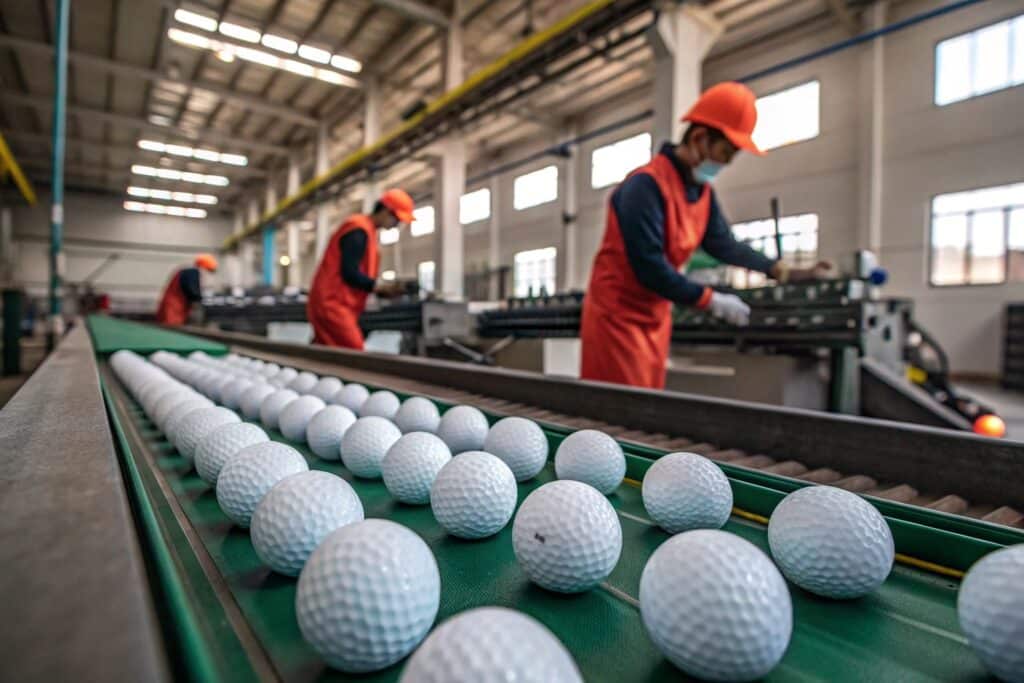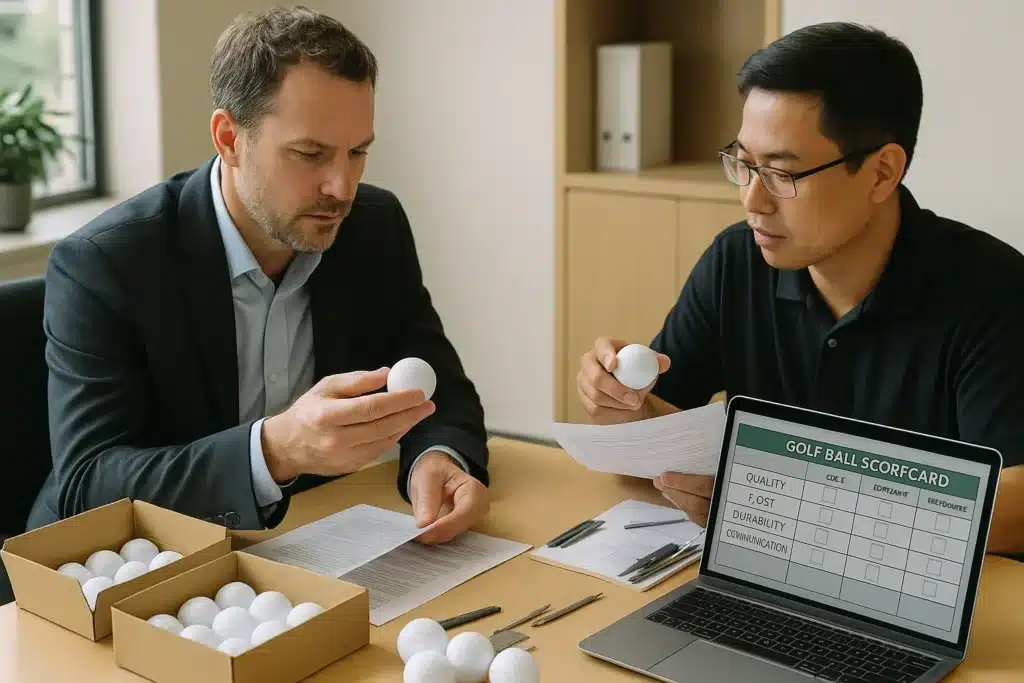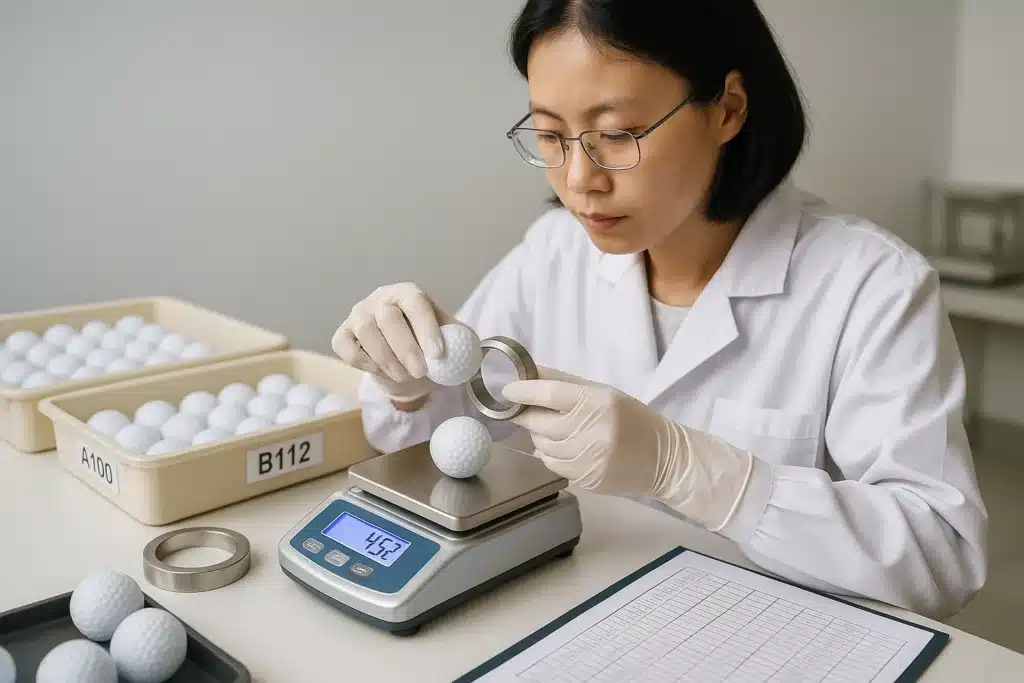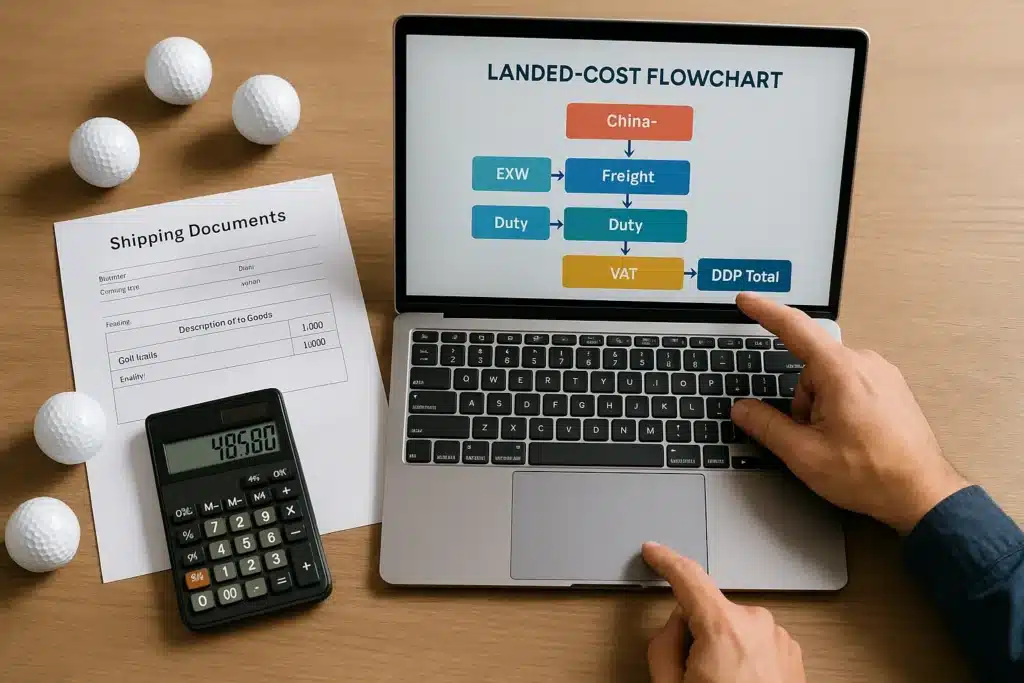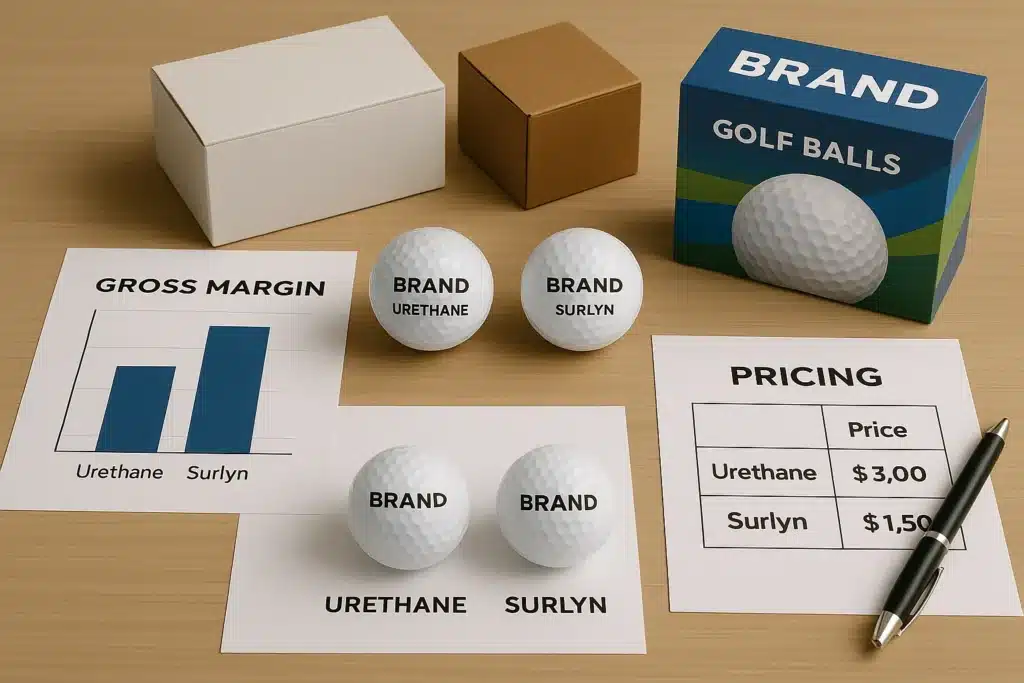Asia manufactures most golf balls globally by leveraging lower costs, end-to-end supply chains, and mature OEM systems.
Global golf ball sales are growing steadily, yet production is highly concentrated in Asia. You may have noticed that—regardless of whether a brand is American, Japanese, or European—most golf balls carry the mark "Made in Asia." This is no coincidence. It’s the result of a strategic blend of cost efficiency, vertical supply chains, and trusted OEM systems.
Why is 80% of golf ball manufacturing done in Asia?
Asia accounts for nearly 80% of global golf ball output due to integrated supply chains, cost advantages, and OEM expertise.
Asia has built a complete, vertically integrated manufacturing ecosystem. From natural rubber and ionomers to polyurethane and packaging, every production stage is covered locally. This enables seamless coordination and rapid turnaround.
In terms of cost, Asian countries benefit from lower labor, land, and energy expenses. With tariff advantages from nations like Thailand and Vietnam, total landed costs are even more competitive for U.S. and EU buyers.
Equally important, Asia has cultivated deep experience in OEM/ODM partnerships. Most global golf brands no longer run their own factories. Instead, they rely on proven Asian suppliers with strong quality control and export capabilities.
✅ Asia’s golf ball dominance isn’t just about price · True
What sets Asia apart is its end-to-end supply chains, responsive lead times, and decades of OEM excellence—not merely low wages.
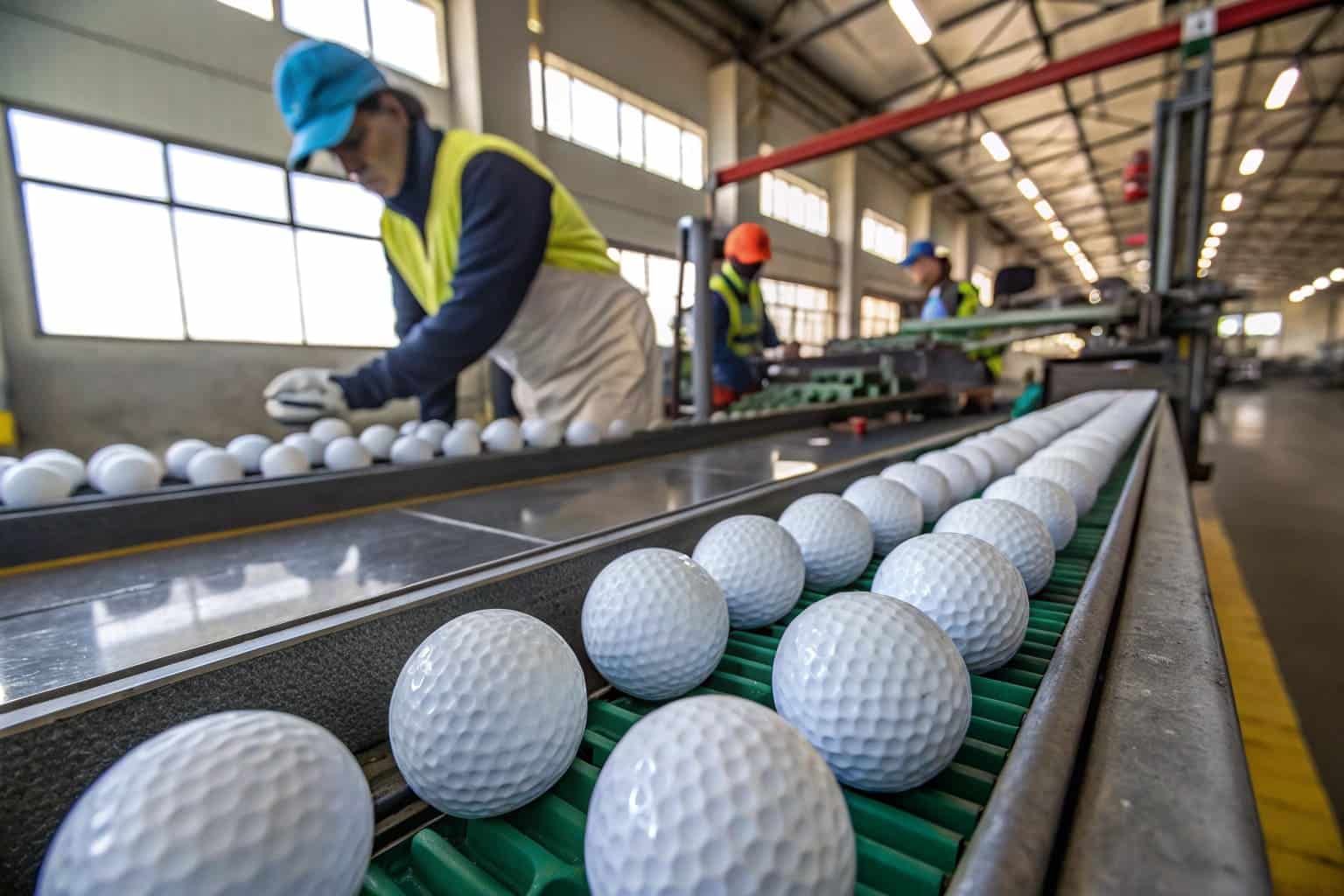
How Are Golf Balls Made? (And Why Asia Excels at It)
A typical golf ball goes through multiple stages—from core molding to packaging—with Asia excelling in speed and consistency.
Golf balls are generally classified as two-piece or three-piece:
-
Two-piece balls: Solid rubber core with a durable outer cover. Lower cost, ideal for distance.
-
Three-piece balls: Softer core, intermediate mantle, and urethane cover. Premium feel and spin control.
Manufacturing steps include:
-
Material preparation (rubber, polymer blends)
-
Core compression molding
-
Layering and cover molding
-
Dimple formation and curing
-
Painting, stamping, and finishing
-
Quality testing (compression, bounce, weight)
-
Packaging and palletizing
In Asia, most of these steps are completed in-house or within a tightly integrated cluster—cutting lead times, minimizing transport risk, and enhancing quality traceability.
A 3-piece urethane ball in Thailand typically takes 25–30 days from mold setup to shipment, including quality audits.
📽️ Watch our Golfara workshop in action:
Which Asian countries lead in golf ball manufacturing?
China, Thailand, and Vietnam lead the field, each serving different product tiers and sourcing strategies.
| Country | Strengths | Target Segments | Example Brands |
|---|---|---|---|
| China | Largest capacity, OEM scale | Mid–low end + value-driven OEM | Callaway, TaylorMade (some models) |
| Thailand | Premium ball expertise | High-performance multilayer balls | Titleist, Bridgestone |
| Vietnam | Rising alt-base for OEMs | China-substitute for tariffs/speed | Srixon (select), emerging brands |
| Taiwan | Specialty & patented balls | Innovation-focused small batches | Boutique IP OEMs |
| Japan | Advanced R&D, limited output | In-house for domestic luxury brands | Mizuno, Honma |
China suits volume-driven programs with wide spec options. Thailand offers best-in-class technical capabilities for pro-grade products. Vietnam attracts cost-sensitive and flexible MOQ buyers.
Taiwan and Japan are often chosen for innovation pilots, patents, or niche launches.
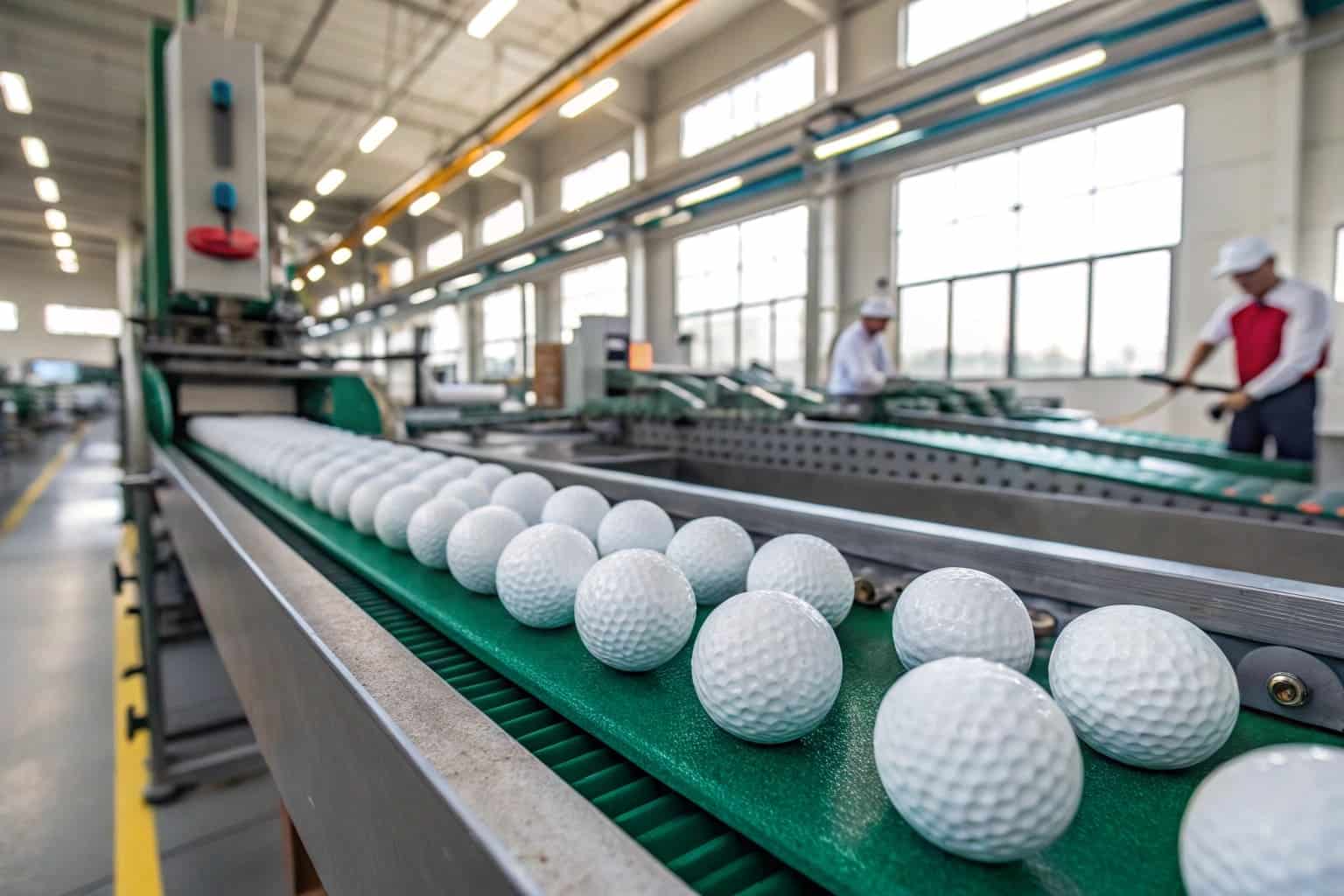
Top Golf Ball Manufacturing Hubs in Asia
Buyers often ask: where exactly are these factories? Here are key regional clusters by country.
-
China: Dongguan (Guangdong), Xiamen (Fujian), Yangzhou (Jiangsu)
-
Thailand: Chonburi, Rayong (Eastern Economic Corridor)
-
Vietnam: Binh Duong, Long An (near Ho Chi Minh industrial zones)
These hubs offer not just capacity but strong export logistics, engineering talent, and access to ports.
Why don’t US or EU make most golf balls anymore?
High costs, fragmented supply chains, and a shift in strategic focus make local production unsustainable.
North America and Europe have shifted away from mass golf ball production due to:
-
High labor and environmental compliance costs
-
Lack of raw materials and mold production facilities
-
Strategic outsourcing of non-core functions like manufacturing
Some boutique U.S. brands still run small R&D plants for prototyping and limited editions. But the scale, cost, and flexibility of Asia are unmatched.
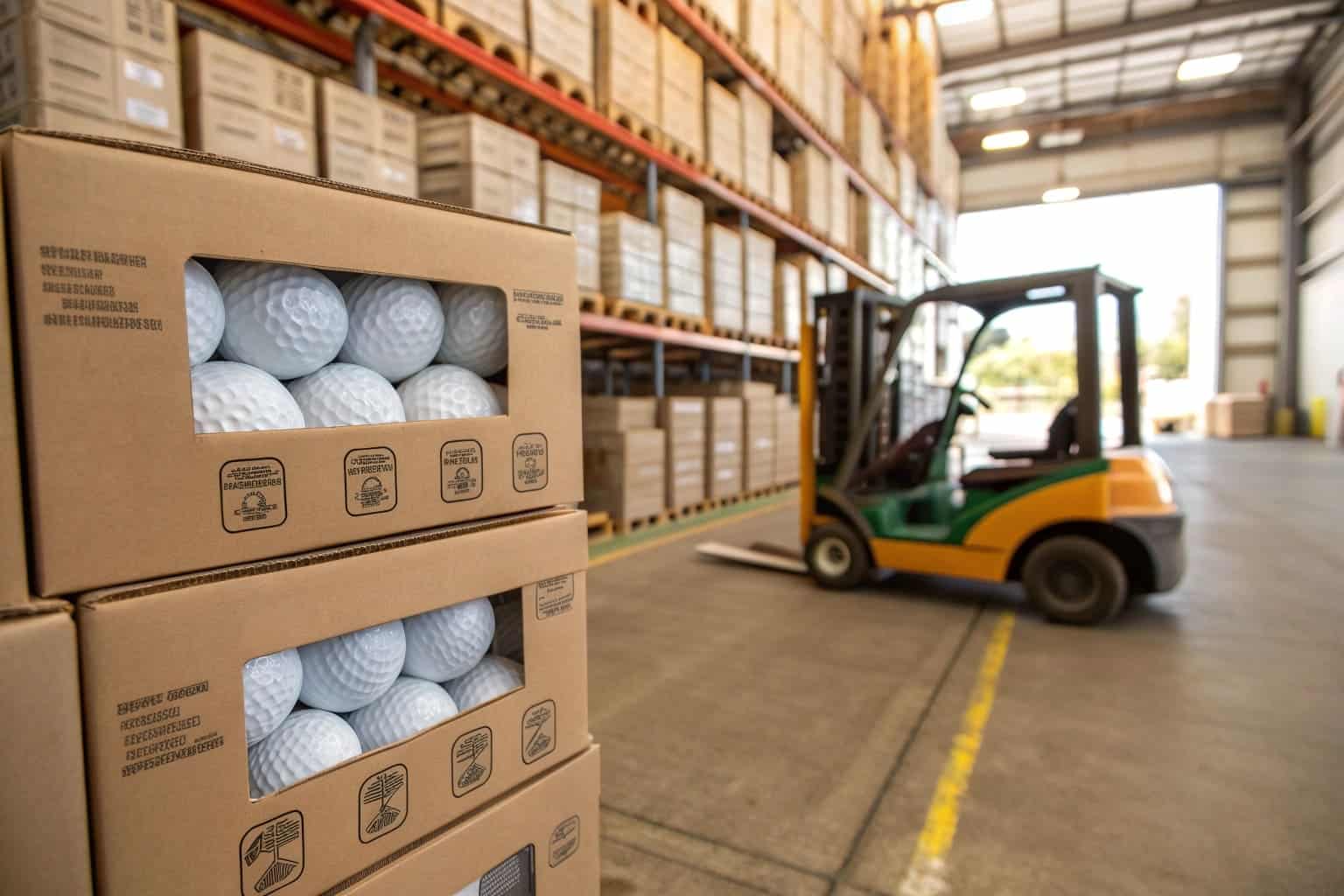
Asia vs the West: Golf Ball Manufacturing Cost Breakdown
| Factor | Asia (avg) | U.S./EU (avg) |
|---|---|---|
| Labor cost/hour | $2–6 | $20–40 |
| Mold/tooling | Local in 7–15 days | Imported, 3–6 weeks |
| Lead time (3-piece ball) | 25–35 days | 50–70 days |
| OEM/ODM expertise | High | Low/moderate |
| Export readiness (certs/docs) | Standardized | Varies by region |
How should B2B buyers pick the right Asian source?
Match your product strategy to the strengths of each manufacturing region.
Consider three key sourcing criteria:
-
Product-market fit: For value-tier balls, China remains unbeatable. For performance multilayer, Thailand excels. For responsive sourcing with tax benefits, Vietnam is ideal.
-
Delivery and scalability: Top-tier OEMs can expand capacity fast and maintain reliability in peak season.
-
Export and compliance readiness: Seek ISO-certified suppliers with BSCI audits, origin documents, and track records with Western brands.
Key Takeaway (Featured Snippet)
Asia dominates global golf ball manufacturing thanks to cost, supply chain depth, and OEM expertise. B2B buyers should match country strengths with product goals—China for volume, Thailand for premium, Vietnam for agility.
FAQ
Where are most golf balls made today?
About 70% to 80% of all golf balls are made in Asia, especially in China, Thailand, and Vietnam, due to cost, scale, and supply chain depth.
Why do top golf brands outsource to Asia?
Brands like Titleist and Callaway rely on Asian OEMs for expertise, efficiency, and cost advantages, letting them focus on R&D and marketing.
Is there a quality gap between US-made and Asia-made balls?
Not necessarily. Many Asian factories meet ISO and R\&A standards, and often manufacture for top-tier Western brands.
How can I verify an Asian golf ball factory’s reliability?
Look for ISO/BSCI certification, OEM references, material control capabilities, and export experience to North America or Europe.
What’s the benefit of producing in Vietnam over China?
Vietnam offers lower tariffs to the US/EU and more agile capacity for mid-size brands, making it ideal for cost-sensitive projects.
What is the typical MOQ for golf ball OEM orders in Asia?
MOQs vary by supplier and ball type. Entry-level two-piece balls may start at 10,000 units, while premium multilayer balls often require 20,000–50,000.
How long does it take to produce a custom golf ball order in China or Thailand?
Lead time ranges from 25 to 45 days depending on complexity, mold availability, and peak season conditions.
Are there eco-friendly golf ball options manufactured in Asia?
Yes. Some Asian OEMs now offer biodegradable materials, water-based inks, and recyclable packaging for eco-conscious golf brands.
Conclusion
Asia is not just the world’s golf ball workshop—it’s the innovation engine behind performance, scale, and cost leadership. From the bustling plants of Dongguan to the precision factories of Thailand, each region plays a critical role in shaping the global supply chain.
For sourcing professionals, understanding this landscape is no longer optional—it’s a competitive edge. Choosing the right Asian partner means balancing speed, quality, and flexibility in a market where every shot counts.
You Might Also Like
Curious how your golf ball brand can stand out visually after choosing an Asian OEM? Learn the pros and cons of each logo print method—read:
Complete Guide to Custom Golf Ball Logo Printing Methods

